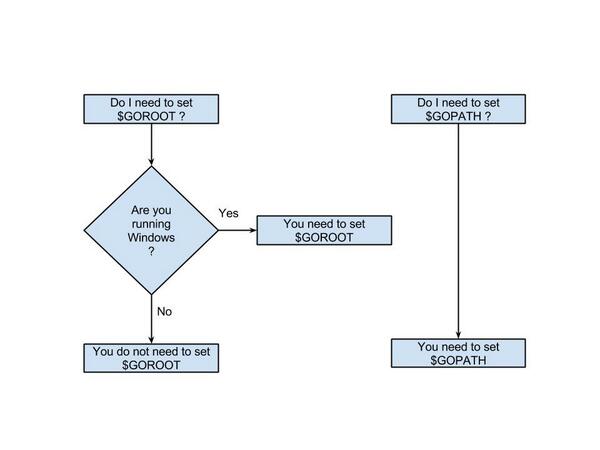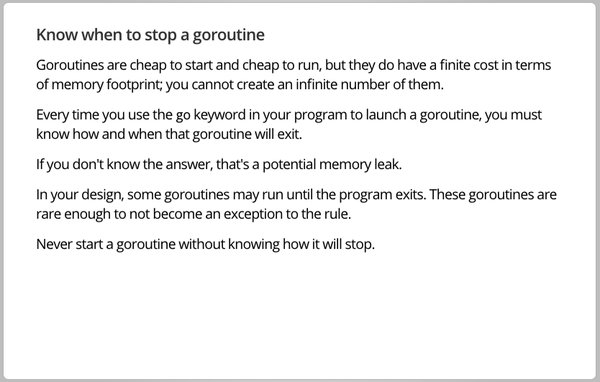Go语言中打印结构体推荐使用“%+v”,而不是“%v”。看一下二者区别:
package main
import "fmt"
type info struct {
name string
id int
}
func main() {
v := info{"Nan", 33}
fmt.Printf("%v\n", v)
fmt.Printf("%+v\n", v)
}
运行结果如下:
{Nan 33}
{name:Nan id:33}
